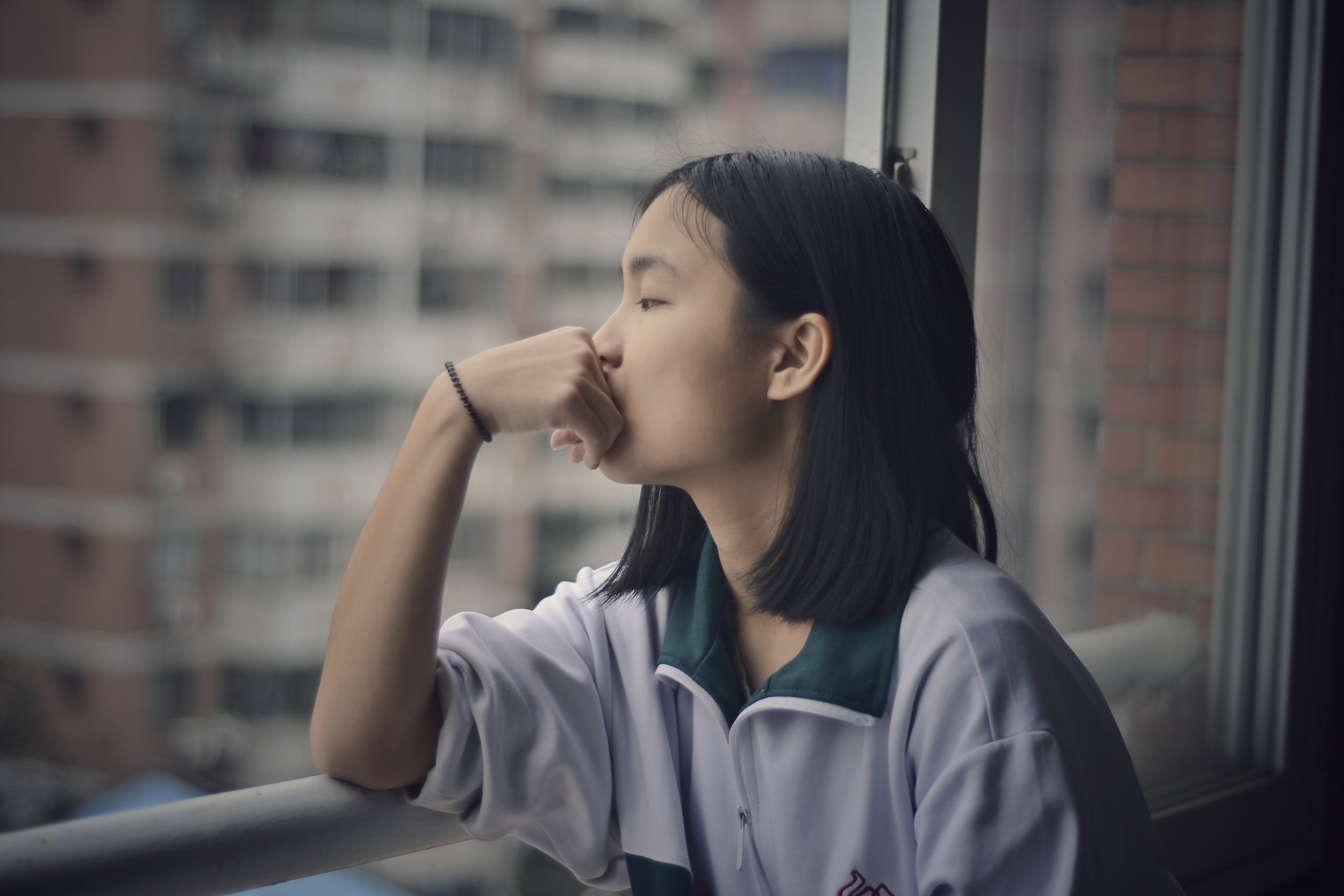By: Morgan Macklin
introduction
Responsible decision-making is a vital competency to learn when it comes to navigating adversity successfully in a logical and well-thought-out way. This is an important element of social-emotional learning which is proven to increase student performance, improve relationships with peers and superiors, reduce risky behaviour, and enhance well-being. Due to the greater focus on SEL within the modern curriculum, educators should take the opportunity to educate themselves on each competency in order to deliver it to students. This blog will outline the importance of responsible decision-making skills and provide practices to be used to teach it in the classroom.
what is responsible decision-making, and why does it matter?
Responsible decision-making is the process of navigating social situations by leveraging caring and constructive choices. This takes ethics into consideration by weighing the consequences of every decision, safety concerns, benefits, and downfalls. By doing so, individuals can dig deeper than the surface level to uncover how their decisions impact personal, social, and collective well-being. This final core competency takes self-awareness and management, social awareness, and relationship skills to solve problems that reflect an individual's morals in a beneficial way.
This means that teaching responsible decision-making from a young age is CRITICAL. For youth, this can be extra challenging as their ability to make rational decisions does not come as second nature. Because the human brain is not fully developed until the age of 25 on average, youth and young adults tend to base their decisions from an emotional standpoint as the rational decision-making part of the brain is still maturing. However, through proper guidance, teachers can create pathways between the rational and emotional parts of the brain and encourage stronger decision-making. This helps develop rational skills that can be carried throughout adolescence and into professional life.
responsible decision-making practices to use in the classroom
responsible decision-making framework
Making responsible decisions is an essential skill to gain as it creates a positive impact on every aspect of life. By providing youth with a structured approach, they are better equipped to navigate decisions big and small from a more logical standpoint as opposed to an emotional one. Mnemonics like acronyms are tools that can be used to trigger quicker learning and memorization of subtasks when it comes to decision-making.
While there are numerous decision-making acronyms to practice, SODAS stands out as an effective, easy-to-remember resource:
Situation
Options
Disadvantages
Advantages
Solution
This can be created in a worksheet for students to visualize the entire situation at hand, the pros and cons of each option, and the final decision. Mapping out consequences will help visualize outcomes and memorize the SODAS framework for future reference.
mapping the future
The concept of responsible decision-making becomes much more concrete when students understand how each decision affects their future. It can be difficult for youth to connect the dots from where they are and where they want to be, therefore, a nudge from teachers can be a huge asset when it comes to reaching goals. In order to refine students' decision making skills, a future mapping project can be beneficial.
The Alberta curriculum sets career and life choices as one of the key outcomes for its CALM course delivered to high school students. The practice of future mapping aligns well with this curriculum, however, it also provides valuable lessons for all ages. In this practice, students are encouraged to make a list of their favourite hobbies and classes and connect them to career opportunities of interest. By doing research on these future opportunities, students will grasp the concept of how the choices they make today can positively or negatively impact their future aspirations.
practice mindfulness
Mindfulness is one of the most important aspects of making rational choices. This mitigates impulsive reactions by implementing a thoughtful, cognitive exercise instead. Mindfulness alludes to the act of being present and conscious of thoughts, feelings, and behaviours within an environment. By practicing mindfulness, individuals can identify decisions that must be made sooner, implement creative problem-solving, recognize limits and parameters, and understand consequences.
Like most things, gaining a strong sense of mindfulness takes practice, however, it can be taught in numerous ways. One of the easiest ways would be gaining mindfulness through breathing exercises. This not only helps students’ self-awareness but helps students become better prepared to take on decisions from a mindset that is well grounded. Intentional breathing exercises can be practiced in the classroom and encouraged for use in the face of adversity.
closing
Arguably, this final competency of social-emotional learning may be the most important to teach. With the tens of thousands of choices to be made daily, integrating SEL practices helps better equip students to face these choices from a more rational position as opposed to a strictly emotional. These few practices can help integrate decision-making skills, however, first-hand experiences are the best way to learn how to navigate tricky situations.
let us take the hassle out of building sel curriculum
Impact Society’s Heroes programs encourage responsible decision-making skills through experiential learning. Heroes is a life skills program that creates a foundation for entire groups of children to become more courageous and have increased self-efficacy. Learn more on how to gain responsible decision-making skills in your classroom by implementing Heroes in your school today!



